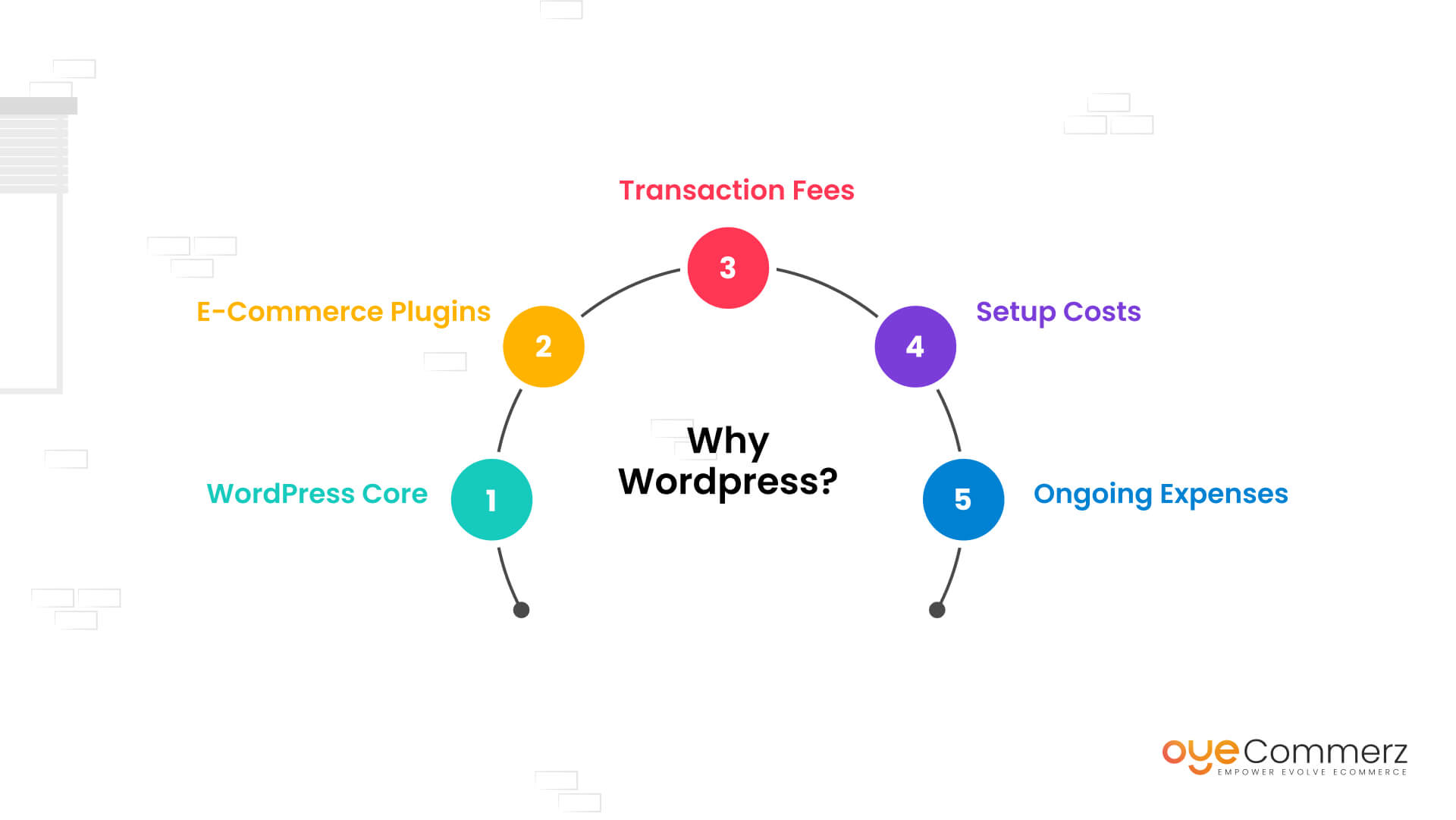Transitioning from WordPress to Shopify marks an promising step toward streamlining your e-commerce processes. As companies grow, selecting a platform that supports scalability, user experience, and customization is essential. Shopify has emerged as a preferred choice for e-commerce professionals, providing superior adaptability, security, and user-friendliness. In this guide, we’ll explore why this migration is a game-changer, highlight the benefits, and share actionable steps to facilitate a seamless move.
1. Top Reasons to Transition from WordPress to Shopify
The combination of WordPress and WooCommerce, has served countless e-commerce platforms. However, as companies expand, issues like plugin dependency, data risks, and complex setups can hinder progress. Shopify, designed explicitly for digital retail, eliminates these concerns with an all-in-one, intuitive solution. Statistics supports this shift—Shopify hosts over 4.4 million stores globally, with a documented 10% increase in sales conversion rates for numerous merchants after migration.
2. Shopify's Perks for Thriving Online Stores
Shopify’s robust ecosystem caters for expanding brands. Its notable benefits are:
- Seamless Customization: Shopify provides over 80 professionally designed themes.
- Integrated Tools: Capabilities such as Shopify Payments and built-in SEO streamline operations.
- International Expansion: Multi-currency support and localization features enable businesses to expand internationally.
Additionally, Shopify delivers an availability percentage of 99.98%, ensuring your website is always operational.
3. Getting Ready for Your WP-to-Shopify Transition
Before migrating, evaluate your existing setup. Analyze inventory details, client information, and SEO performance. Tools like Shopify’s Migration Kit or third-party solutions can simplify this process. Create a detailed strategy, making sure all resources—product descriptions, images, and blog content—are optimized for transfer.
4. Data Migration: A Critical Step
Data migration is a cornerstone of a smooth transition. When migrating from WP to Shopify, focus on:
- Inventory Shopify data transfer services Details: SKU, item summaries, and groupings.
- Customer Data: Emails, order history, and preferences.
- Search Engine Considerations: Retain meta tags, URLs, and redirects to maintain search rankings.
Use tools such as LitExtension to streamline data transfer while reducing mistakes.
5. Customizing Your Shopify Store
Post-migration, personalizing your Shopify store helps it reflects your brand. Utilize Shopify’s drag-and-drop editor to create layouts with ease. Shopify's templates are mobile-responsive, ensuring a seamless UX across devices—a key point, given 74% of online shopping is generated by mobile visitors.
6. How to Protect Your SEO Rankings When Switching Platforms
SEO is vital for preserving your online presence during migration. Shopify excels in SEO with organized link formatting, built-in optimization tools, and seamless blog integration. Make sure you:
- Implement 301 redirects for old URLs.
- Enhance updated content with keyword-rich content.
- Use Shopify's apps Plug in SEO to track analytics post-migration.
7. Essential Tests After Migrating to Shopify
Once the migration is complete, conduct thorough testing.
Review: - Page load times (Shopify boasts faster speeds in contrast with WP).
- Functionality of payment gateways and checkout processes.
- Mobile responsiveness.
Quality assurance ensures your store provides a seamless shopping journey from the start.
8. Case Study of a Successful Migration
One such migration success story is Gymshark, a fitness apparel brand that transitioned to Shopify. After the switch, the company experienced a 60% boost in mobile sales and reduced site downtime. This highlights the potential of Shopify in driving online business success.
9. Overcoming Common Migration Issues
Migration is not without obstacles, such as data integrity and reconfiguring custom functionalities. However, Shopify’s extensive assistance and external professionals make overcoming these hurdles manageable. Partnering with experienced Shopify developers ensures a trouble-free transition.
10. Starting Your Journey with Shopify
Migrating from WP to Shopify marks a forward-thinking decision to online retail. By focusing on WooCommerce alternative Shopify growth, streamlining operations, and improving buyer satisfaction, Shopify empowers businesses to succeed in challenging industries.
Final Thoughts
Transitioning from WP to Shopify is a strategic move that can greatly enhance your online business performance. With a robust migration plan, the right tools, and professional guidance, you can unlock new success milestones.
Ready to make the leap? Let’s discuss how our Shopify migration services can revolutionize your e-commerce platform. Get in touch today, or ask yourself: Can your business afford to miss out on Shopify’s growth potential?
